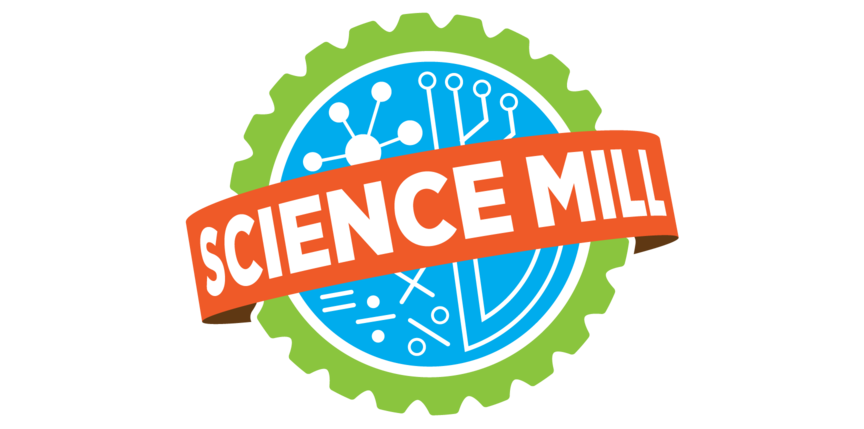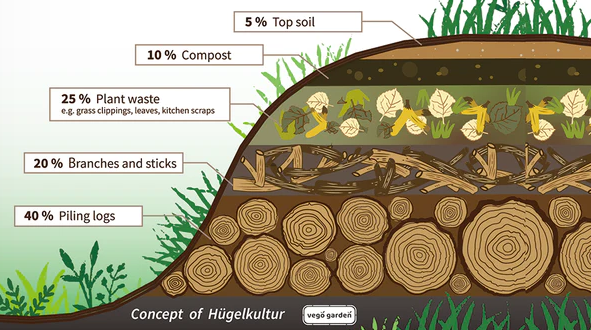The allure of the skies has captivated human imagination for centuries, and the modern marvel of airplanes has made this dream a reality. From designing and engineering these complex machines to ensuring their safe operation and navigation, the world of aviation offers a plethora of exhilarating career opportunities.
Here are just some of the careers that will take you to the skies!
Aerospace Engineer
Aerospace engineers are the masterminds behind the creation of airplanes. They design, develop, and test aircraft to ensure they meet safety and performance standards. These professionals work on a range of aspects, from aerodynamics and propulsion systems to materials science and structural integrity. Their work contributes to the cutting-edge innovations that shape the aviation industry, pushing the boundaries of what's possible in flight.
Pilot
Pilots are the visible face of aviation, responsible for safely flying airplanes and ensuring the smooth operation of flights. Becoming a pilot requires extensive training, including flight school and simulator experience. A pilot conducts pre-flight inspections of the aircraft, reviewing flight plans and weather conditions, and making decisions regarding the route and altitude during the flight. They monitor fuel levels and engine performance, and maintain communication with air traffic control.
Aircraft Mechanic
Aircraft mechanics, also known as aircraft maintenance technicians, are responsible for inspecting, repairing, and maintaining airplanes. Their meticulous work ensures that aircraft are safe, reliable, and meet regulatory standards. From routine maintenance checks to complex repairs, aircraft mechanics play a vital role in keeping planes in peak condition.
AIRCRAFT DESIGNER
Aircraft designers are responsible for conceptualizing, creating, and developing the designs of various types of aircraft, ranging from commercial airplanes and military jets to helicopters and unmanned aerial vehicles (drones). They ensure that the aircraft designs meet all necessary safety and quality standards through rigorous conceptualizing and testing. Their work is critical to the aviation industry as it lays the foundation for the construction of safe, efficient, and high-performing aircraft.
Aerospace Research Scientist
Aerospace research scientists delve into the realms of science and technology to develop new innovations for the aviation industry. Whether it's designing more fuel-efficient engines, developing advanced navigation systems, or exploring cutting-edge materials, these professionals are at the forefront of driving progress in aviation technology.















